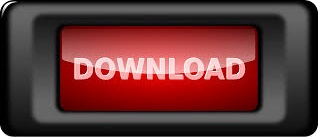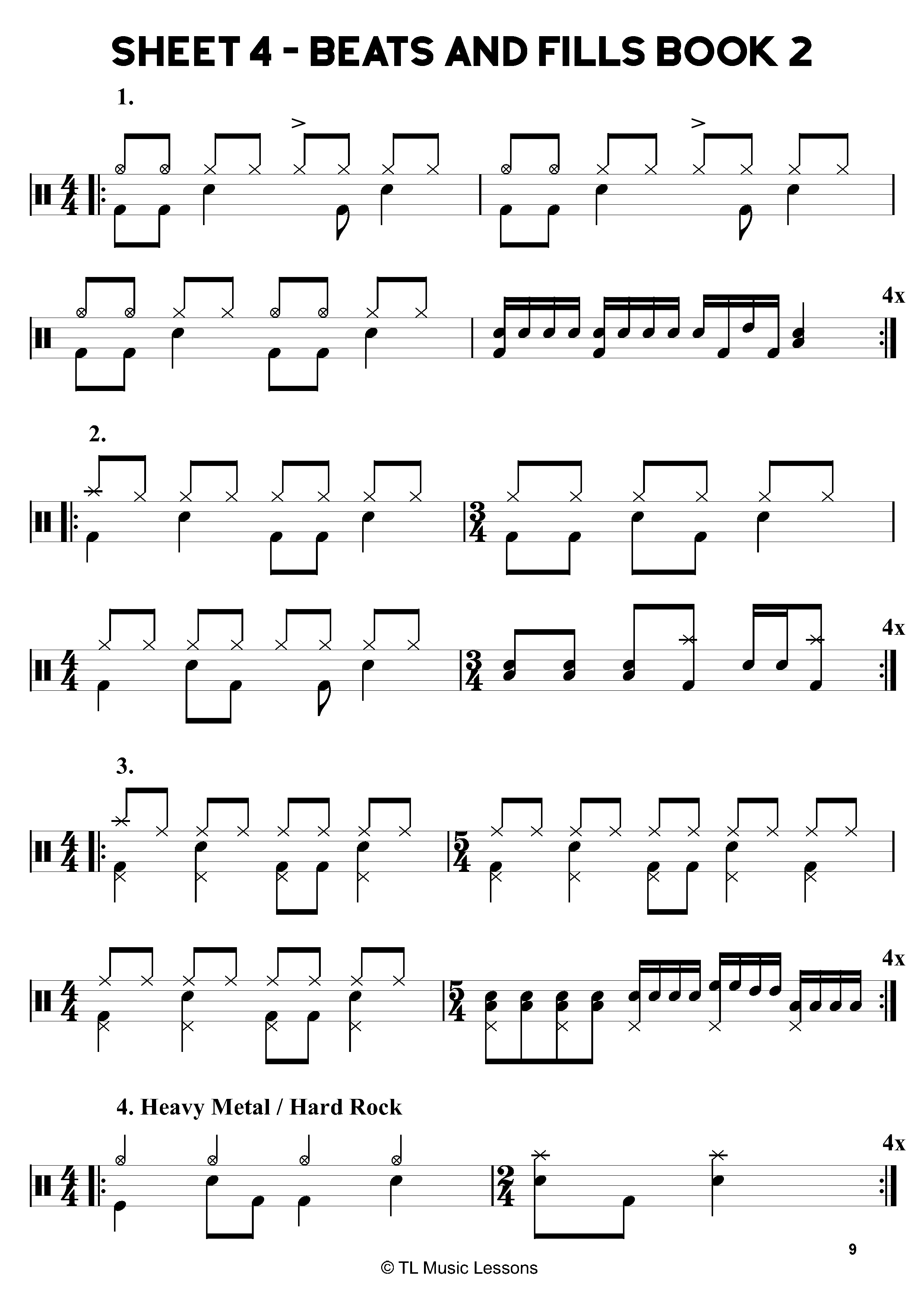

The 4 on the left is the number of beats in a 4/4 measure, and each 1 on the right is one beat. Now look at the numbers below the music staff: Reset the program (if needed), and make sure the Fractions button says "Fractions: Off". This activity shows how to add beats and rhythms together in different ways to compose a complete 4/4 measure.

Beat Maker uses the 4/4 time signature, which means that each measure has 4 beats, and each beat is equal to 1 quarter note. In music, we use time signatures to tell us how many beats are in each measure, and what kind of note gets the beat of the rhythm. See how many rhythms you can count! Remember, if you're having trouble, try slowing down the tempo until you can count the rhythm and then slowly bring the tempo back up.īONUS - Try adding and counting sixteenth notes! Sixteenth notes are counted like this: Once you feel comfortable counting eighth notes, try changing the rhythm to include other combinations of quarter notes, quarter rests, eighth notes, and even eighth rests. To count eighth notes, the first eighth note gets the number of the beat, and the second eighth note gets the word "and", like this:Ĥ. Change all of the beats to eighth notes and try counting this rhythm. Try this with a few combinations of quarter notes and quarter rests.ģ. This time, when the beat hits the rest, don't say anything. Now change one of the quarter notes into a quarter rest (by clicking on one of the quarter notes once) and try counting this rhythm. Follow the red arrow and make sure you say the correct number for each beat:Ģ. Reset the program if needed, click Play to play the starting beat (4 quarter notes), and count each beat as it's played ("one", "two", "three", "four"). This activity teaches you how to count various music rhythms, which can help improve your music reading skills.ġ. See how many rhythms you can come up with! If you need help, try slowing down the tempo, or listen to the rhythm for a little while before trying to clap again.Ĥ. Once you have the new rhythm in your head, try clapping that rhythm. Once you feel comfortable clapping to the beat, try changing the rhythm (by clicking on the notes). Feel free to drag the Tempo slider left and right to change the speed of the beat if you think it's too fast or too slow.ģ. Make sure you clap at the same time the beat sounds. When you're ready, try clapping your hands or tapping to the beat. Listen to the starting beat for a little while - this should be 4 quarter notes, which look like this:Ģ. Now click the green Play triangle button at the bottom right to start playing the rhythm. Start the program by clicking the green flag at the top right corner.

You don't need any experience reading music to perform this activity.ġ. This activity is a good first step towards learning to read music rhythms.


 0 kommentar(er)
0 kommentar(er)
